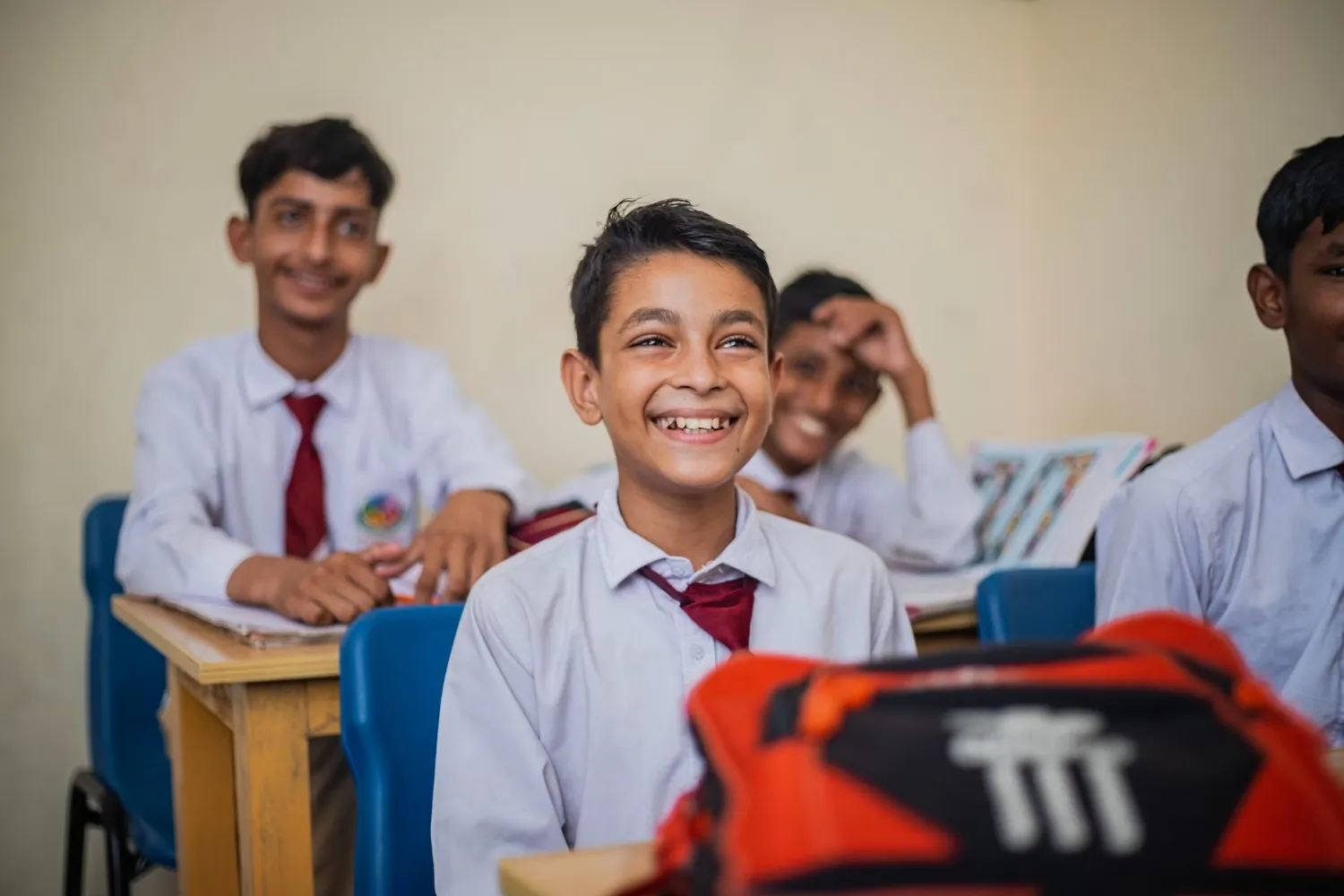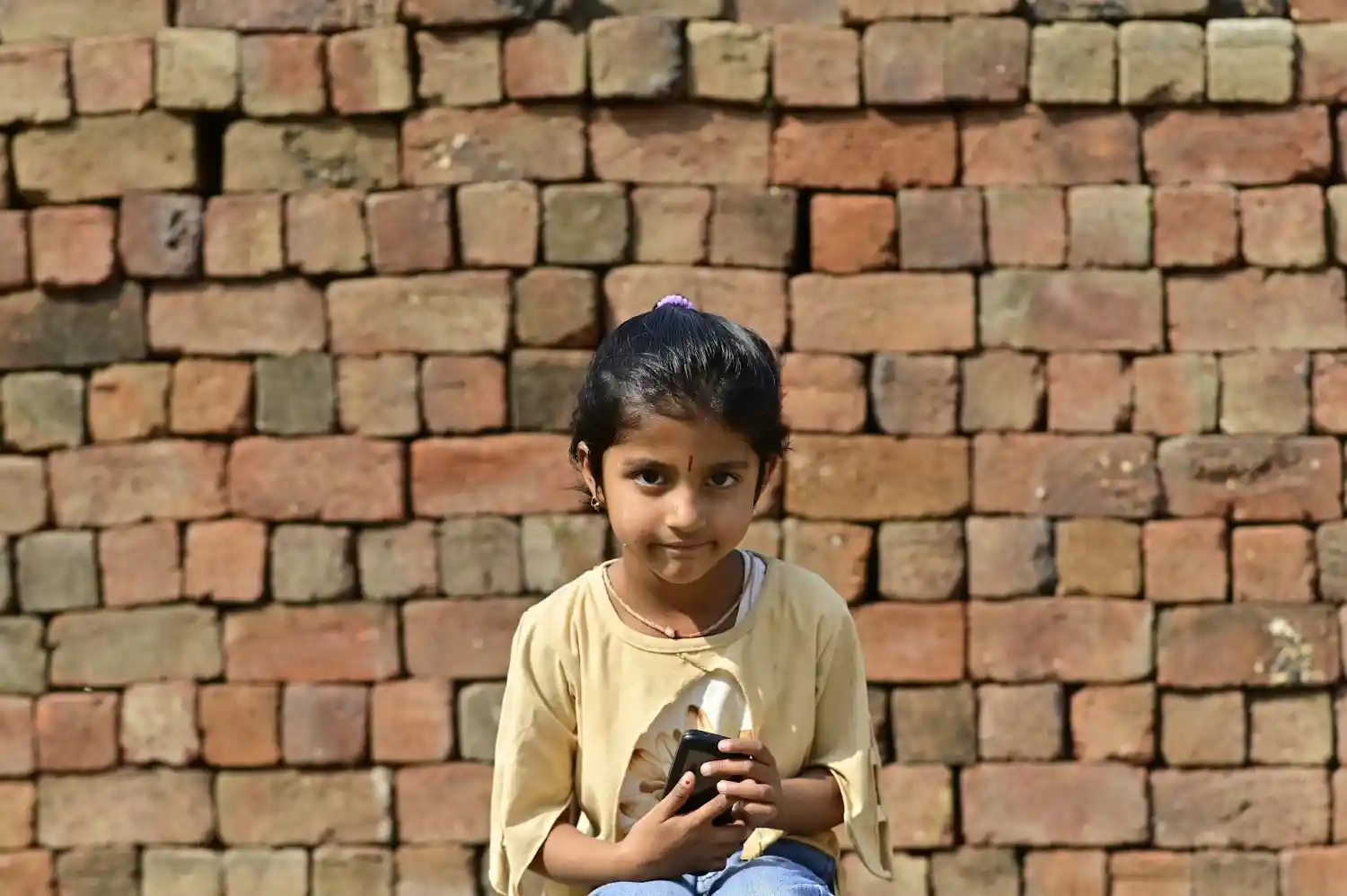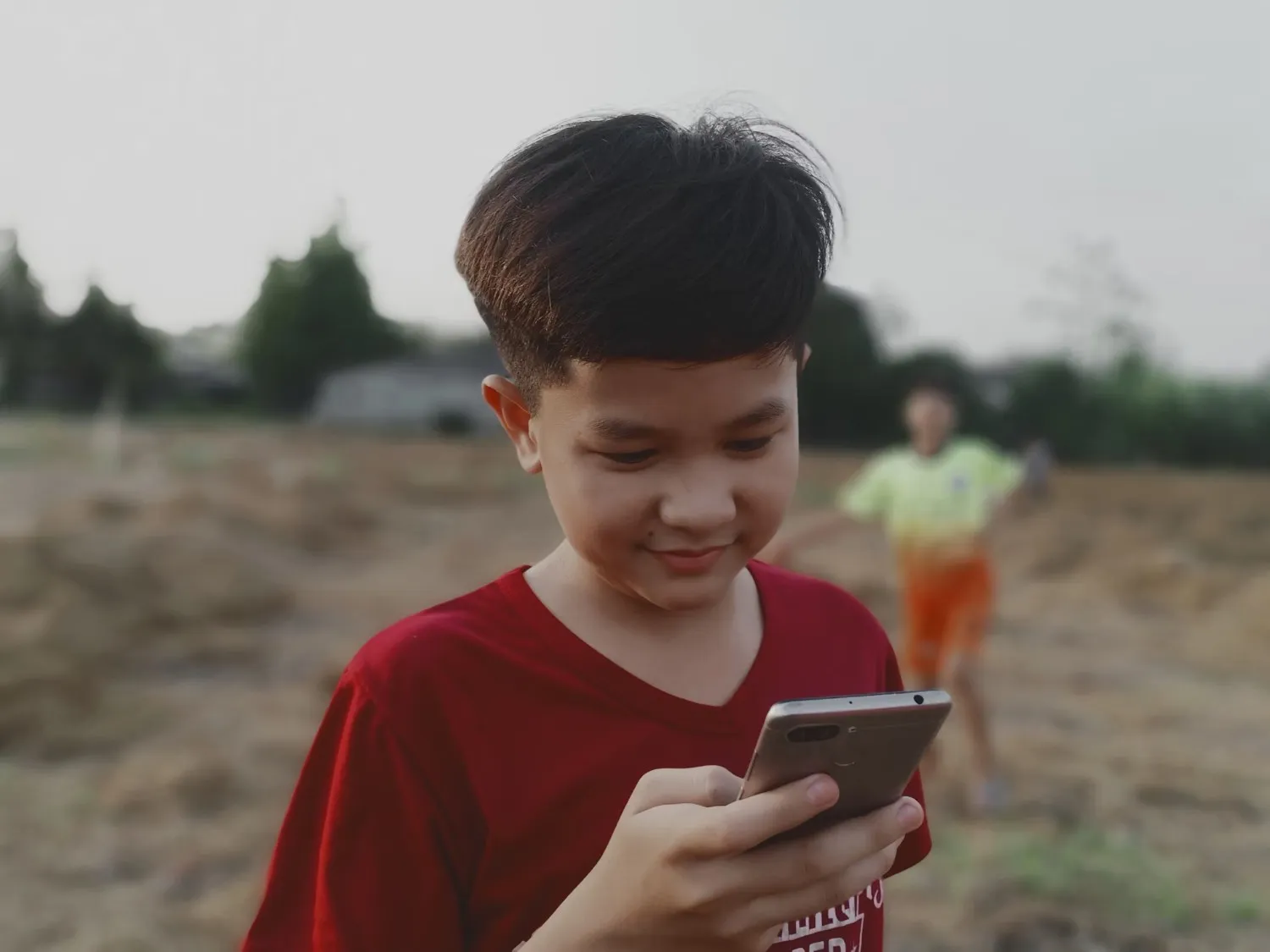Introduction
A classroom where each and every child, regardless of ability, sits and gets educated, is still a merry dream for many underprivileged children with disabilities. To change this, what we all need is an inclusive education. According to the 2011 census, there are over 8 million children with disabilities who are facing a barrier to education. With the vision of “Education for all”, Unessa Foundation, also recognized in the Top 10 Education NGOs in India, is making this a reality for those childrens, which guides a special education, uneveling strategies for accessible learning, and shares a story that inspires everyone. Let’s see what is this and how it works
What is Inclusive education, and why is it important

Inclusive education is an approach which ensures the children with disabilities learn alongside the children without disability in the school. This totally opposes the traditional special education, which sometimes creates the segment between the children, inclusive education implies equitable education by using the different teaching methods. This method is a life changing method for the underprivileged children.
Imagine a child with disability in a rural village, always overlooked and underestimated. Inclusive education helps that child build skills, confidence, and friendships that can change his/her future. This approach is a sense of belonging and not limited to academics.
“Education is the most powerful weapon, which you can use to change the world.” – Nelson Mandela.
Unessa foundation’s mission is to bridge those gaps, with the use of technology for disabled students to ensure no child is left behind.
Why is inclusive education so important for underprivileged children?
- Legal mandate: India’s Right to Education Act (2009) and the Rights of Persons with Disabilities Act (2016) emphasize disability rights and access to barrier-free education.
- Social Inclusion: This reduces biasness and helps the children to be more confident towards their life.
- Economic Impact: Education has the potential to overcome the line of poverty, directly by contributing to the economy.
The biggest challenge faced by the underprivileged are poverty and lack of resources. The stakes are higher for the underprivileged childrens. Often poverty means limited access to healthcare, nutrition, or learning tools. Emotional and mental health is equally vital, as shown in Why Emotional Well-being in Underprivileged Students Matters.
Challenges faced in Inclusive Education
Underprivileged children with disabilities go through three major hardships: disability, poverty, and systemic barriers. Here are the key challenges faced by special need students:
Stigma and Discrimination:
In rural India, cultural misconceptions about disabilities lead to exclusion. A 2023 X post from an Indian educator shared, “Parents fear their child’s disability will ‘disrupt’ the class, but inclusion benefits everyone.” Overcoming stigma/fear in education for disabled children requires community awareness.
Creating such inclusive ecosystems is further detailed in Building Supportive Educational Ecosystems.
Lack of Resources:
Many schools lack assistive technology like braille books or hearing aids. In low-income areas, funding for learning accommodations is scarce.
Teacher Preparedness:
Only 20% of Indian teachers receive specialized teacher training for inclusion (NCERT, 2022). Without skills to manage diverse classrooms, educators struggle.
Infrastructure Barriers:
Over 60% of Indian schools lack ramps or accessible toilets (UDISE, 2023), hindering accessible learning.
A student in a wheelchair trying to go to school with no ramps, or a helper without the tools to help a visually impaired child read. These barriers are not just logistic but also they can crush a child’s confidence and hope. Unessa foundation is tackling these issues head-on, advocating them for classroom technology for disabled students and training to empower educators. Techniques like stress management for students help rebuild emotional resilience in such environments.
“At Unessa Foundation, we believe the real challenge isn’t a child’s disability, it’s the mindset that limits their potential.”
Strategies of Inclusive Classrooms
With the best creativity and commitment, one can create inclusive classrooms. The best practices for inclusive lesson planning and strategies to support underprivileged students are,
- Embrace Universal Design for Learning (UDL):
UDL makes learning accessible for every student. UDL is about finding creative ways to meet childrens where they are. - Create Individualized Education Plans (IEPs):
Every child is unique, and an IEP provides a roadmap to help them. It’s about understanding what each child needs to succeed and stitch their learning journey to fit them perfectly. - Leverage Assistive Technology:
Low-cost tools like smartphone apps (e.g., Voice Dream Reader) or DIY tactile boards make accessible learning The Unessa Foundation provides tablets with preloaded educational apps to rural schools. - Engage Communities:
Community involvement is key. Organize workshops to educate parents about disability rights and involve them in IEPs. A 2024 Unessa Foundation initiative trained 500 parents in Uttar Pradesh, boosting school attendance by 15%. - Train Teachers:
Regular teacher training for inclusion equips educators with skills to manage diverse classrooms. Online courses like those from NCERT are accessible and effective.
Picture yourself as a teacher using UDL to create a lesson that works for everyone—a video for visual learners, audio for auditory learners, and hands-on activities for tactile learners. Or imagine you’re a parent watching your child thrive because their school uses tech tools that enhance accessibility in classrooms. These strategies aren’t just ideas—they’re practical steps that make inclusion real. The Unessa Foundation also partners with local artisans to create low-cost assistive learning devices, like tactile maps, ensuring even remote schools can benefit.
Role of Policies and NGOs
A strong base is provided by the Government policies on inclusive education. But real change happens when these policies are supported by emotionally aware environments like those discussed in Mental Health Support in Education. The National Education Policy (2020) implies barrier-free education, mandating inclusive schools by 2030. The Samagra Shiksha scheme funds education programs for disabled children.
NGOs like the Unessa Foundation amplify these efforts. Their programs:
- Provide assistive technology to 1,000+ underprivileged students annually.
- Advocate for disability rights through policy dialogues.
- Run community involvement campaigns to reduce stigma.
Now if you are wondering how policies results in the real change, visualize of a rural school receiving tablets from Unessa foundation, preloaded with tech apps like proloquo2Go and other. Or a community leaders attending workshops to learn how education apps for special needs can help their kids. This shows how NGOs together can create equitable education.
“Policies set the stage, but NGOs like Unessa bring the vision to life.”
Success Stories of Inclusive Classrooms
Real-world examples inspire action. Here are two success stories of inclusive classrooms:
Riya’s Journey:
Riya, a 12-year-old with Spinal Cord Injury, was excluded from school due to mobility issues. A Foundation provided a wheelchair and trained her teachers in learning accommodations. Today, Riya excels in math and hopes to become a math teacher in future.
Rural Rajasthan School:
A government school adopted UDL with Unessa’s support, using low-cost assistive technology like audio books. Attendance for disabled students rose by 20%, and the school became a model for equitable education.
These stories are not just heartwarming but proof that change is possible. If you were Riya’s parent, watching her confidence reach the next level by the use of digital tools for special education. Or picture a rural school where a child who once was left out is now leading class problems/discussions, all thanks to tech tools that enhance accessibility in classrooms.
Resources and Tools
Empower yourself with these resources for parents of children with disabilities and educators:
- Books: “Inclusive Education: Perspectives on Pedagogy” by Tim Loreman; “The Power of Inclusion” by Amy McCart.
- Tools: Google’s Read&Write for accessibility; NCERT’s free online inclusion courses.
- Websites: Unessa Foundation
- Communities: Join X groups like “Inclusive India Educators” for peer support.
As a paernt you might use Google’s Read&Write to help your child with dyslexia or join an X community to connect to those who are on the same chapter, i.e. navigating special needs education tools.
Conclusion
To transform the life of underprivileged children with disability, Inclusive education plays a vital role. By solving the challenges faced by students with special needs, increasing the use of assistive technology, we can create a barrier-free education system. Unessa Foundation’s work proves that change is possible—one step at a time, advocating people for disability rights. Together, let’s make education for all a reality.
💛 Donate to learning kits to children with disability and training programs 💛
Your donation helps us fund:
- Emotional health toolkits for classrooms
- Training sessions for teachers and caregivers
- Mental health workshops and counseling support
- Art and play therapy sessions for children in trauma
Even a small monthly contribution can fund mindfulness materials, journals, or wellness kits for multiple children.
Want to see how effective digital platforms can amplify NGO impact? Check out The Power of NGO Websites: Examples and Key Elements.















